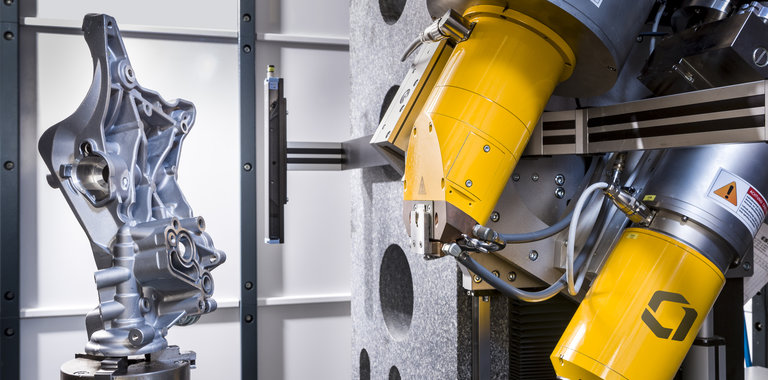Image
Image

Eyebrow
Blog
What factors influence image quality?
In this article:
- Image Quality Is Defined by Contrast, Sharpness, and Graininess: These three core parameters determine the clarity and diagnostic value of a radiographic image, each influenced by specific technical and material factors
- Contrast Depends on Radiation Energy and Material Thickness: Higher contrast is achieved through optimal radiation hardness, consistent material thickness, and proper use of front and back screens to reduce scatter
- Sharpness Is Affected by Geometric Setup and Equipment: Key factors include focal spot size, source-to-object and object-to-film distances, and the quality of contact between film and intensifying screens
- Graininess Is Influenced by Film Type and Processing Conditions: The type of film, screen combination, and development procedure all impact the granularity of the image, which can obscure fine details if not properly controlled
- Radiographers Can Optimize Image Quality Through Setup and Technique: While some factors are inherent to the materials used, others—like exposure geometry and screen contact—can be adjusted to improve image clarity and flaw detectability
What factors influence image quality?
The factors that influence image quality are:
- Contrast
- Unsharpness
- Graininess
1 Contrast depends on:
- Radiation energy (hardness)
- Variation in thickness
- Backscatter
- Front- and back screen
- Film-screen combination
- Film-screen contact
- Defect location, depth as well as orientation
2 Unsharpness depends on:
- Size of focus
- Thickness of the object
- Source-to-film distance
- Radiation energy (hardness)
- Film-screen combination
- Film-screen contact
3 Graininess depends on:
- Type of film
- Type of screen
- Developing procedure
- Radiation energy (hardness)
